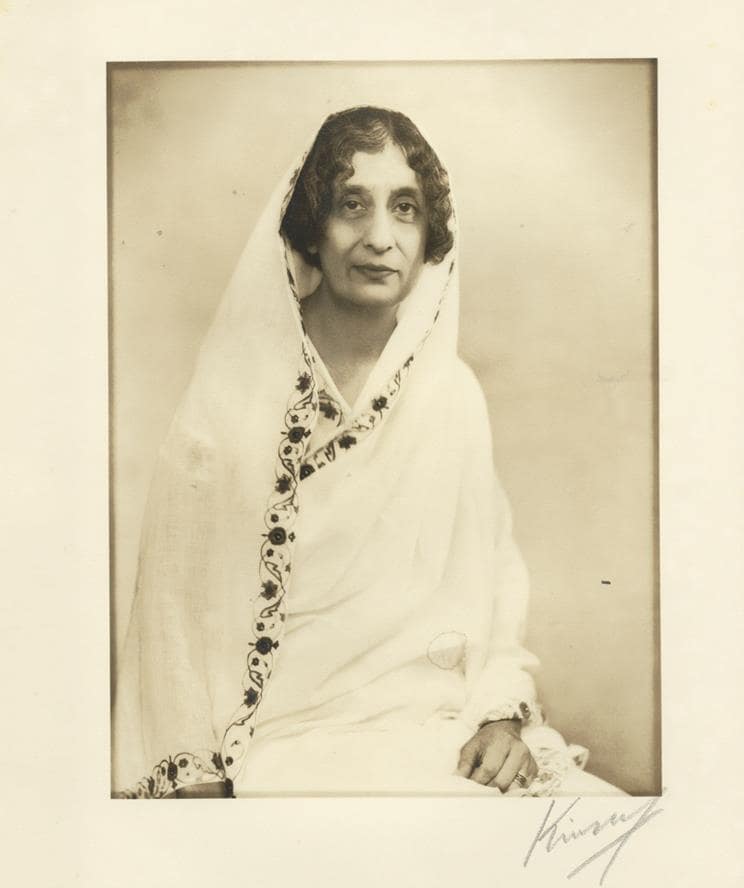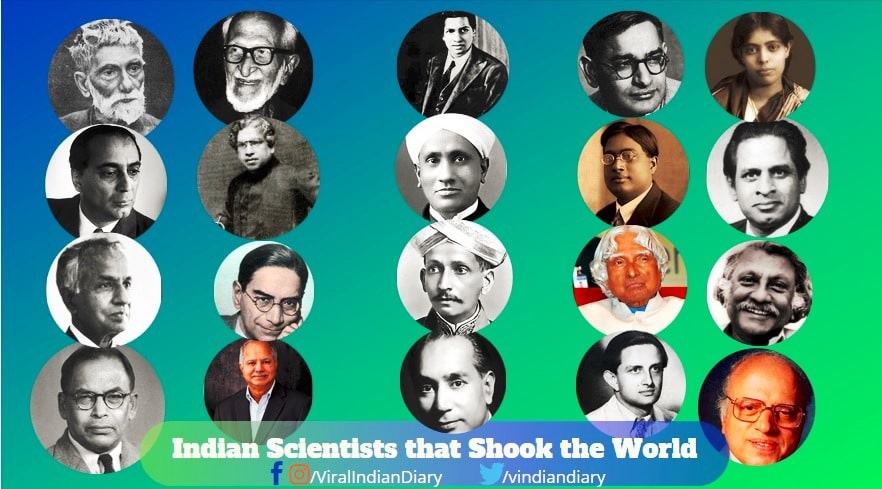The princess of Kapurthala and a legend Rajkumari Amrit Kaur was a woman activist who traveled all over the country to spread the message of propagating freedom. She fought for the political freedom as well as for the emancipation of people in Punjab. She was the first female health minister of India who laid the foundation stone of AIIMS in 1965. Along with it, she was also the first Asian woman to lead the governing of World Health Organization.
About Rajkumari Amrit Kaur

Amrit Kaur was the daughter of Raja Harnam Singh and Rani Harnam Singh and was born on 2nd February 1889. Her upbringing was from Lucknow, and afterwards, she was sent to England for her education when she was just 12 years old.
She returned back at the age of 20 without completion of her education. She was the only girl child out of seven other children, and so she was very much pampered by her parents.
In England, she was the captain of the school’s hockey team, cricket team as well as lacrosse and was also good in academics too.
The Way Towards Freedom Struggle
The teaching of Gandhi ji actually influenced Rajkumari Amrit Kaur and she was a woman who stood by her principles. She devoted her whole life to serve her country and have never married.
She heard Gandhiji addressing the Indian national Congress at Mumbai, and she stayed with him for a month. Gandhiji gave her room to stay, and she assisted him with his secretarial work. The first guru of Amrit Kaur was Gopal Krishna Gokhale and after that Gandhiji.
Amrit Kaur joined the nationalist movement and worked as a social activist as well as a freedom fighter. Once she said that ‘the flames of my passionate desire to see India free from foreign domination were fanned by him.’ It was in 1926 when Amrit Kaur founded All India women’s conference to stand for women rights.
At that time this was the foremost organization of this kind which would fight for women.
The group made by Amrit Kaur totally focuses on many social and political issues such as child marriage, Devadasi system as well as the abolition of purdah. It was due to her continuous campaigning that government was forced to increase the marriageable age from 14 to 18.
Joined Mahatma Gandhi ji

After the death of her parents in 1930 she left her palace and joined Gandhiji to dive in the struggle for freedom. She played a significant role in civil disobedience movement and in Dandi March to protest against the salt tax. She was a supporter of women rights and worked with the big leaders like Gandhiji and Nehruji.
Amrit Kaur also worked as chairperson of All India Women’s education Fund association and also served India’s official delegate to UNESCO conferences held in London in 1945.
Amrit Kaur was selected in the Constituent Assembly and was one of few members who supported a uniform civil code too. She requested to BN Rau and wrote a letter to him in 1947 to remove discrepancies against females like the unequal law of inheritance and polygamy.
Amrit Kaur became First Health Minister After India got Freedom
Amrit Kaur was offered the health department after India’s freedom ad she became the first woman in Indian cabinet and first health minister of India in 1947. After getting this post she set up Tuberculosis Association of India, the Central Leprosy and Research Institute, the Indian Council of Child Welfare, and the Rajkumari Amrit Kaur College of Nursing (Website).
Amrit Kaur nurtured AIIMS as her child

The vision of Amrit Kaur was to establish a health facility for people in the form of AIIMS, and she did that. For this, she secured help from New Zealand, US, Sweden, Australia as well as West Germany to established her vision AIIMS.
Moreover, she donated her mansion in Shimla to AIIMS as a rest home and holiday retreat for its nurses. She nurtured AIIMS as her own child and ensured that it will always remain autonomous. In 1961 USA’s Massachusetts General Hospital ranked AIIMs as the most distinguished hospital in the world.
Amrit Kaur served India all her life and died on 6th February 1964 at the age of 75. She holds an extremely rare position in the midst of independent India’s ground-breaking powerhouses on whose graceful shoulders we are standing at present.
Indeed Amrit Kaur was an extraordinary woman who left all the comforts of her home and joined the league towards freedom struggle for the better life which we are living today.




